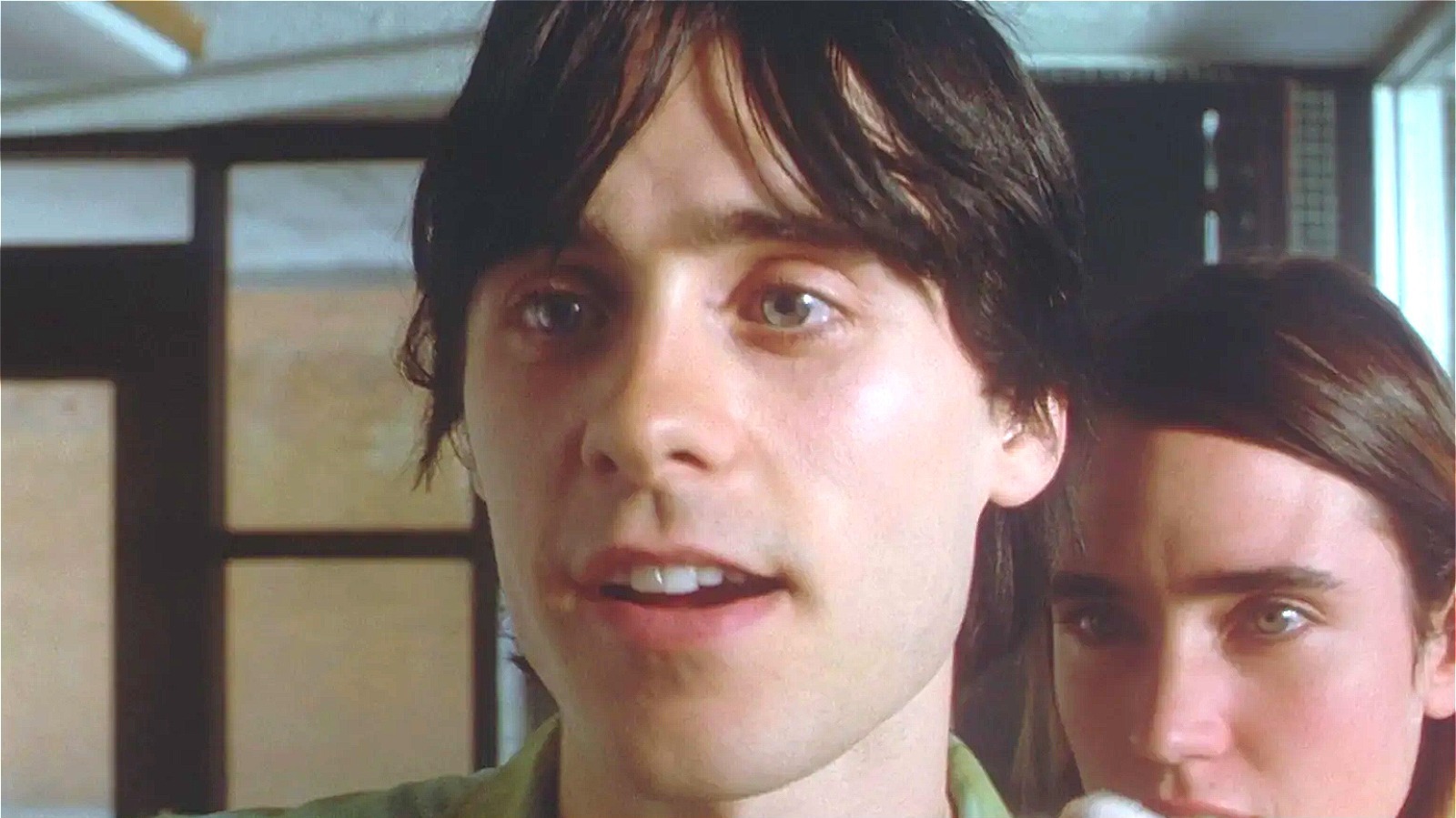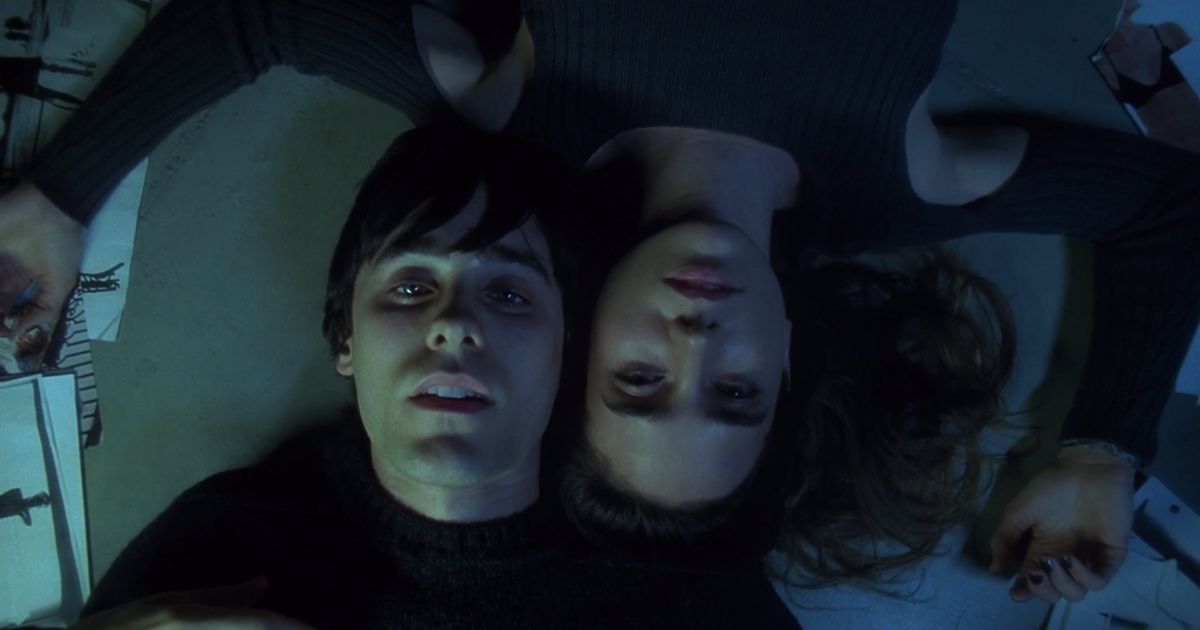Requiem For A Dream Nude Scenes – is the article you're searching for. Hopefully, you can find information related to Requiem For A Dream Nude Scenes here, all of which we've summarized from various reliable sources.

Requiem for a Dream: Exploring the Nude Scenes and Their Significance
Introduction: A Haunting Tale of Addiction and Redemption
The gripping cinematic masterpiece, Requiem for a Dream, exposes the harrowing descent into drug addiction and the devastating consequences it inflicts upon its victims. The film's unflinching depiction of substance abuse is amplified by the powerful use of nudity in crucial scenes, evoking a profound emotional response that lingers long after the credits roll.
In this article, we delve into the controversial nude scenes in Requiem for a Dream, examining their historical context, cultural significance, and the artistic motivations behind their inclusion. We will explore the impact these scenes have on the narrative, their role in character development, and the ethical considerations surrounding their portrayal.
The Nude Scenes: A Window into Human Vulnerability
In the haunting opening sequence, Sarah Goldfarb (Ellen Burstyn) strips down to her underwear in front of a mirror, her frail body bared for the audience's scrutiny. This act of physical exposure serves as a visceral representation of her crumbling self-esteem and the loss of control brought on by her addiction.
As the film progresses, we witness increasingly explicit nude scenes that showcase the characters' physical and emotional deterioration. Marion Silver (Jennifer Connelly) sells her body to pay for heroin, her once-beautiful form now marred by scars and bruises. Harry Goldfarb (Jared Leto) engages in self-mutilation, cutting his arms in an attempt to numb his pain. These scenes are deeply disturbing, but they offer a raw and unflinching portrayal of the dehumanizing effects of addiction.
Exploring the Ethical Considerations
The use of nudity in Requiem for a Dream has been met with both praise for its realism and criticism for its potential to exploit the actors involved. It is important to note that the nude scenes were filmed with the full consent of the actors, who understood the significance of their performances and the film's message.
Director Darren Aronofsky has stated that he intended to use nudity to portray the characters' vulnerability and the loss of control they experience as their addiction spirals out of hand. The scenes are not intended to be titillating, but rather to evoke a deep-seated sense of empathy and understanding.
The Artistic Impact: Enhancing the Narrative and Character Development
The nude scenes in Requiem for a Dream play an essential role in enhancing the film's narrative and character development. They provide a visual representation of the characters' inner turmoil, allowing the audience to witness the devastating physical and emotional toll that addiction takes on them.
The nude scenes also contribute to the film's overall atmosphere of despair and hopelessness. The characters' bodies become a battleground where their addiction wages war against their humanity. The audience is left with a profound sense of the fragility of human life and the devastating consequences that can result from the pursuit of pleasure without regard for the consequences.
Latest Trends and Developments: Balancing Realism and Exploitation
In recent years, there has been a growing debate surrounding the use of nudity in films. While some argue that nudity is essential for portraying the realities of human experience, others contend that it can be exploitative and serve as a distraction from the film's message.
The filmmakers of Requiem for a Dream have been vocal in their belief that the nude scenes were necessary to convey the film's message. However, they also acknowledged the concerns about exploitation and worked closely with the actors to ensure that they felt comfortable with their performances.
Tips and Expert Advice: Understanding the Purpose and Impact of Nudity in Film
As a blogger and film enthusiast, I believe it is crucial to approach the use of nudity in films with a thoughtful and critical perspective. Here are some tips and expert advice:
- Consider the context: Nudity should be used in films only when it serves a clear purpose and is essential to the narrative or character development.
- Respect the actors: Actors should always be fully informed about the use of nudity in a film and should give their consent only after understanding the director's artistic vision.
- Avoid exploitation: Nudity should never be used for gratuitous or titillating purposes. It should be used sparingly and with sensitivity.
- Seek expert advice: Filmmakers should consult with experts, such as actors and filmmakers, to ensure that the use of nudity is handled responsibly and respectfully.
Frequently Asked Questions (FAQs)
Q: Why were nude scenes included in Requiem for a Dream?
A: The nude scenes in Requiem for a Dream were included to portray the characters' vulnerability and the loss of control they experience as their addiction spirals out of hand. The scenes are not intended to be titillating, but rather to evoke a deep-seated sense of empathy and understanding.
Q: Were the actors comfortable with filming the nude scenes?
A: Yes, the actors involved in Requiem for a Dream were fully aware of the use of nudity in the film and gave their consent to perform the scenes. The filmmakers worked closely with the actors to ensure that they felt comfortable with their performances.
Q: Is it ethical to use nudity in films?
A: The ethics of using nudity in films is a matter of debate. Some argue that nudity is essential for portraying the realities of human experience, while others contend that it can be exploitative and serve as a distraction from the film's message.
Conclusion: A Lasting Impact on Cinema and Audiences
The nude scenes in Requiem for a Dream have had a profound impact on cinema and audiences alike. They have sparked discussions about the ethical use of nudity in films, the devastating consequences of addiction, and the fragility of human life.
Whether you find these scenes disturbing, thought-provoking, or both, they undoubtedly serve as a testament to the power of cinema to explore complex and challenging themes. By using nudity sparingly and with sensitivity, the filmmakers of Requiem for a Dream have created a film that continues to resonate with audiences long after the credits roll.
Are you interested in learning more about the topic of nude scenes in films, including their historical context and cultural significance? Share your thoughts and insights in the comments section below.

Image: sandwichcontrol.com
You have read Requiem For A Dream Nude Scenes on our site. Thank you for your visit, and we hope this article is beneficial for you.

